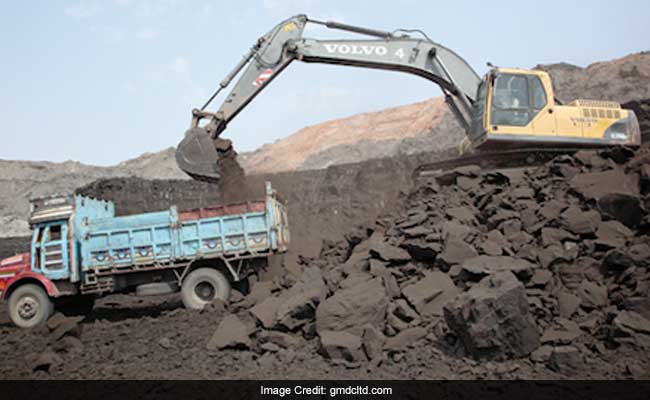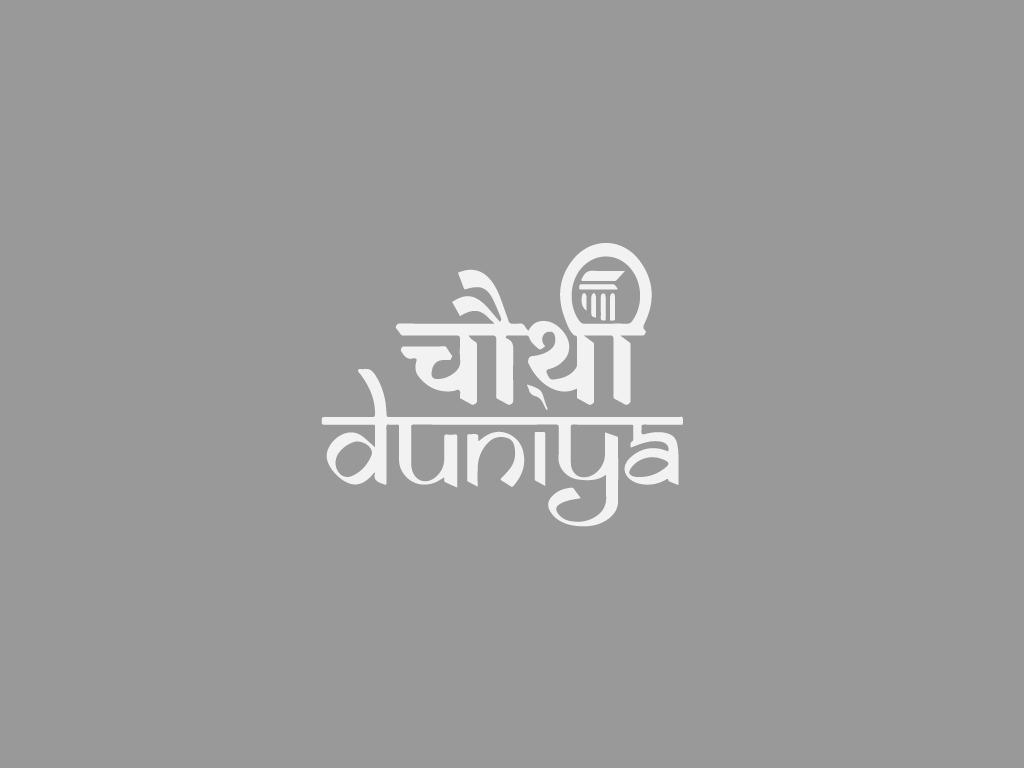Gujarat Mineral Development Corporation (GMDC) is a pivotal player in the Indian mining and energy sectors. With its diverse portfolio of projects, GMDC has established itself as a key contributor to the state’s economic growth. This article delves into the company’s significant engagements in mining and power sectors, highlighting its key projects in lignite, bauxite, fluorspar, multi-metal, manganese, power generation, and renewable energy sources such as wind and solar.
Mining Ventures: Unearthing the State’s Riches
GMDC’s mining endeavors are central to its mission of harnessing Gujarat’s abundant mineral resources. The corporation is involved in the extraction and processing of several essential minerals, including lignite, bauxite, fluorspar, and multi-metal ores.
1. Lignite: GMDC’s lignite projects are a vital source of energy for the state. Lignite, a low-grade coal, is used for power generation and industrial processes. GMDC’s lignite mines play a crucial role in meeting Gujarat’s energy demands.
2. Bauxite: The company’s bauxite mining operations contribute to the production of aluminum, a fundamental material for various industries. GMDC ensures sustainable extraction practices while tapping into this valuable resource.
3. Fluorspar: Fluorspar is an essential raw material for industries like steel and aluminum manufacturing. GMDC’s fluorspar mines cater to both domestic and international markets, contributing to Gujarat’s industrial growth.
4. Multi-Metal: GMDC’s multi-metal projects encompass a range of valuable minerals, further diversifying its mining portfolio. These minerals find applications in various industries, including metallurgy and electronics.
5. Manganese: Manganese mining is another area where GMDC plays a pivotal role. Manganese is essential for steel production and has various other industrial applications.
Power Generation: Energizing Gujarat and Beyond
In addition to its mining activities, GMDC is a key player in the power sector. The company operates power plants that utilize lignite, a resource extracted from its own mines, to generate electricity.
Renewable Energy Initiatives
GMDC also embraces sustainable energy solutions, contributing to the state’s green energy goals. The corporation has ventured into wind and solar energy projects, harnessing the power of nature to generate clean electricity. These renewable initiatives not only align with environmental objectives but also diversify GMDC’s energy portfolio.
GMDC’s commitment to responsible mining practices, energy production, and sustainability is commendable. The corporation continues to be a driving force in Gujarat’s economic development, ensuring a secure and sustainable energy future for the state.
Porter’s Five Forces is a framework for analyzing the competitive forces that shape an industry. Here’s an analysis of Gujarat Mineral Development Corporation (GMDC) using Porter’s Five Forces model:
1. Threat of New Entrants (Low to Moderate):
– High Entry Barriers: The mining and energy sectors typically have high entry barriers due to the significant capital required for infrastructure, equipment, and compliance with regulations.
– Access to Resources: GMDC’s access to rich mineral deposits, especially lignite, provides a significant advantage that new entrants would find challenging to replicate.
– Regulatory Compliance: New entrants would need to navigate complex regulatory frameworks and environmental compliance standards, which can be time-consuming and costly.
2. Bargaining Power of Suppliers (Low to Moderate):
– Abundance of Mineral Resources: GMDC’s operations benefit from Gujarat’s abundant mineral resources, giving it leverage in negotiations with suppliers.
– However, Limited Supplier Base: In certain cases, where GMDC relies on external suppliers for equipment or services, the bargaining power of suppliers could be somewhat higher.
3. Bargaining Power of Buyers (Moderate to High):
– Dependence on Industries: GMDC’s revenue is influenced by industries that purchase its minerals and energy. These industries may have some bargaining power, particularly if they have alternative suppliers.
– Price Sensitivity: The demand for minerals and energy can be price-sensitive, especially in industries with thin profit margins.
4. Threat of Substitutes (Moderate):
– Limited Substitutes for Minerals: In many industries, there are limited substitutes for essential minerals like lignite, bauxite, and fluorspar, which GMDC produces.
– Growing Renewable Energy: In the energy sector, the increasing adoption of renewable energy sources could pose a substitute threat over the long term. GMDC’s diversification into renewables helps mitigate this risk.
5. Competitive Rivalry (Moderate):
– Moderate Competition: GMDC competes with other mining and energy companies, both regionally and nationally. However, it doesn’t face hyper-competition typical of some consumer-oriented industries.
– Product Differentiation: The corporation’s ability to differentiate its products and maintain quality standards can impact its competitive position.
In summary, GMDC operates in an industry with moderate to low threats from new entrants and suppliers. The bargaining power of buyers can vary depending on market conditions. While there are limited substitutes for essential minerals, the threat of renewable energy as an alternative to traditional power generation is a consideration. Competitive rivalry is moderate, and GMDC’s ability to maintain its competitive edge relies on factors such as resource access, quality, and regulatory compliance.
Here’s a SWOT analysis (Strengths, Weaknesses, Opportunities, and Threats) for Gujarat Mineral Development Corporation (GMDC):
Strengths:
1. Rich Mineral Deposits: GMDC benefits from Gujarat’s abundant reserves of minerals such as lignite, bauxite, fluorspar, and manganese, providing a strong foundation for its mining operations.
2. Diverse Portfolio: The corporation’s diversified portfolio, encompassing mining, power generation, and renewable energy, reduces dependency on a single sector and spreads risk.
3. Infrastructure and Expertise*: GMDC has established infrastructure and mining expertise, facilitating efficient extraction and processing of minerals.
4. Energy Self-Sufficiency: GMDC’s power generation plants utilize lignite from its own mines, ensuring a stable and cost-effective source of energy for the state.
5. Commitment to Sustainability: The corporation’s foray into renewable energy sources aligns with environmental goals and reflects its commitment to sustainability.
Weaknesses:
1. Market Dependency: GMDC’s revenue heavily relies on the demand for minerals and energy, making it vulnerable to fluctuations in commodity prices and market conditions.
2. Regulatory Challenges: The mining industry often faces regulatory and environmental challenges, which can impact GMDC’s operations and profitability.
3. Limited Geographic Presence: GMDC’s operations are primarily concentrated in Gujarat, limiting its geographic diversification and potentially exposing it to regional economic fluctuations.
4. Infrastructure Maintenance: Maintaining and upgrading mining and power infrastructure can be capital-intensive and require continuous investments.
Opportunities:
1. Expansion and Diversification: GMDC can explore opportunities to expand its mineral portfolio or enter into partnerships for exploration and mining in other states or countries.
2. Renewable Energy Growth: The global shift towards renewable energy presents an opportunity for GMDC to expand its wind and solar projects and capture a growing market.
3. Technological Advancements*: Adopting innovative technologies for more efficient mining and processing can enhance productivity and reduce costs.
4. Export Markets: Exploring international markets for minerals can provide new revenue streams and reduce dependency on domestic demand.
Threats:
1. Market Volatility: Fluctuations in commodity prices, global economic conditions, and changing demand patterns can pose a significant threat to GMDC’s profitability.
2. Environmental Regulations: Stricter environmental regulations can increase compliance costs and potentially lead to operational challenges.
3. Competitive Pressure: Competition from domestic and international mining companies can impact GMDC’s market share and pricing power.
4. Resource Depletion: Over time, depletion of mineral reserves could lead to declining production and revenue unless new reserves are discovered or alternative revenue streams are developed.
5. Geopolitical Factors: Political instability or trade disputes can disrupt the flow of minerals and energy resources, affecting GMDC’s operations and revenue.
In conclusion, GMDC possesses several strengths, including access to rich mineral resources and a diversified portfolio. However, it faces challenges related to market volatility and regulatory pressures. To capitalize on opportunities and mitigate threats, GMDC should continue to invest in sustainable practices, explore diversification options, and stay attuned to market dynamics and technological advancements.
In conclusion, Gujarat Mineral Development Corporation’s multifaceted engagement in mining, power generation, and renewable energy sectors underscores its significance in the region’s industrial landscape. As Gujarat continues to grow and evolve, GMDC remains a crucial partner in powering its progress.













